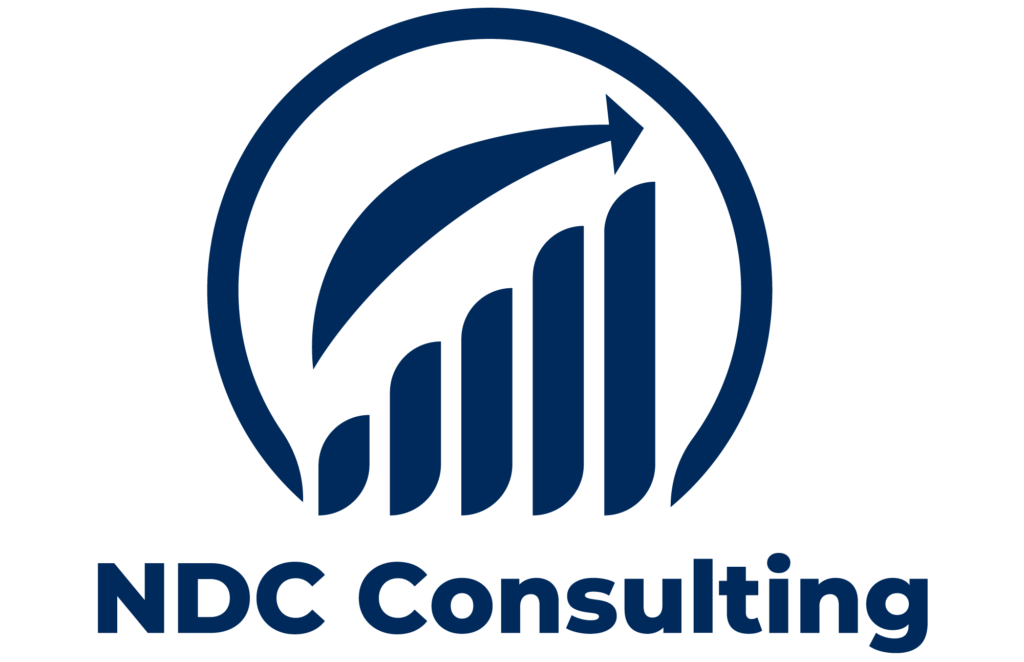These days, the topic of culture comes up a lot. You can read about it collapsing or hear about how it’s growing to include more people and communities. How certain employees find the business culture toxic, while others find it supportive of honesty in comments. In recent decades, a subculture known as corporate compliance has emerged with the goal of enhancing both the internal and exterior workings of business operations globally. And the healthcare sector is one where that is especially true.

What does the term “culture of compliance” in the healthcare industry mean?
The fact that many personnel in healthcare enterprises have made a career out of helping people may give them a little advantage over other types of businesses. Employees are generally already inclined toward ethical behavior because many of them have ethical standards that they carry from their work. We require numerous concrete reminders regarding behavior and fundamental principles because, of course, there are many exceptions. However, a culture in which everyone in the company strives to “do the right thing, always” is one approach to characterize a compliance culture in the healthcare industry.
The Material Bases of a Compliance Culture
A compliance culture has both “intangible” and “tangible” foundations, and it can be helpful to consider both.
One of the most significant and solid foundations of a compliance culture is compliance programs. Regulation compliance is required of several healthcare businesses. For example:
- According to federal requirements, all skilled Nursing Facilities must have an ethical and compliance program in place. Written standards for ethics and compliance, as well as internal policies and procedures, must be included in the program. The compliance program must be managed by a senior employee who is not known to have an affinity for criminal activity. (A really low standard, but it does exist!) There are additional provisions concerning responding to infractions or non-compliance, auditing and monitoring, communication, and enforcement through disciplinary procedures. The three-page regulations were ultimately issued in 2017 after being mandated by the Affordable Care Act in 2010. In 2000, the Federal Register published 17 pages of guidelines from the Office of the Inspector General (OIG) regarding compliance strategies for skilled care homes.
- Regulatory compliance is also necessary for Accountable Care Organizations (ACOs). Policies, a Compliance Committee, an Officer, and Governing Body monitoring are all necessary for compliance initiatives. Provisions for training, investigations, and auditing are included.
OIG guidance on the components of a compliance program is mandatory for a number of additional categories of healthcare companies. The same or comparable seven components that are advised for a successful compliance program are often included in this guidance.
The 7 Essential Elements of an Effective Compliance Program.
- Compliance Policies and Procedures, including a code of ethical conduct
- High-level oversight, including by the governing body and Compliance Officers or a Chief Compliance Officer, plus a Compliance Committee
- Auditing and monitoring, especially oriented to the business risks of the organization
- Training and Education
- Open communication, including anonymous reporting
- Responding to/investigating detected offenses
- Enforcing disciplinary standards.
A compliance culture’s second essential and concrete component is the Code of Conduct. The OIG compliance guidelines for healthcare organizations often refer to the code of conduct as “standards of conduct.” Numerous clauses outlining an organization’s position on various operational concerns may be included in a code of conduct. These can include actions that have an impact on the environment, care quality, and billing procedures. A summary of the fundamental rules governing the organization’s ethical and legal conduct may be included in the code of conduct. Consider the following as an example: “Avoid actions that could appear to be in conflict of interest, as well as actual and potential conflicts of interest.”
Establishing a culture of compliance can also be helped by other organizational documents. Establishing a work environment where upholding ethical standards is valued highly can be facilitated by the use of mission statements, vision statements, and lists of corporate values.
What Constitutes a Culture of Compliance’s Intangible Foundations?
Certainly, the tangible foundations and rules are important. But most people would agree that the intangible foundations are equally, if not more, important in establishing and maintaining a compliance culture. Some of the intangible foundations needed in creating a culture of compliance include:
Leadership: From the Board of Directors to the lowest-level workers, leadership is required at every level.
- Board of Directors: The organization’s dedication to a corporate culture that emphasizes acting morally at all organizational levels should be established by the board of directors. This includes providing resources to help the organization as a whole with its corporate compliance program.
- Senior Management plays a vital role in setting an example for staff members who are dedicated to moral behavior. This involves addressing issues head-on, accepting accountability for difficult choices, and establishing standards for both themselves and the remainder of the team. When goals compete, workers are aware when their senior leadership fails to live up to the statements they make about having a strong culture of compliance.
- Middle Management and supervisor play a significant part in creating a compliance culture. When a problem occurs, these management levels are probably the ones who explain how the compliance program operates. They may also be the victim of competing priorities, such as rushing to publish assertions rather than verifying their accuracy. These circumstances might also show a dedication to honesty and the organization’s ideals.
- The Compliance Team is also asked to assist in fostering a culture of speak-up, where employees are encouraged to report compliance risks and retaliation against them is not tolerated. Of course, looking into potential breaches of the law or even open misconduct falls under the authority of the Compliance leaders.
- Lastly, there is the vast majority of employees that serve as the company’s direct contact with clients or patients. For most businesses, this group serves as the foundation of the organization and is essential to both the company’s profitability and compliance culture. Every organization usually has informal leaders who have the power to influence the atmosphere and opinions of the workforce. It is imperative that all staff members receive official training on the compliance program and code of conduct. It’s also critical to monitor the opinions of informal leaders regarding the organization.
Conclusion:
In conclusion, creating and maintaining a culture of compliance in the healthcare sector calls for a diversified strategy that strikes a balance between concrete and intangible components. The basis for ethical operations is laid by concrete elements including compliance processes, codes of conduct, and regulatory norms. The real power of a compliance culture, however, is found in its intangible components, such as open communication at all organizational levels, moral behavior, and leadership commitment. Everyone, from front-line staff to senior management, is essential in creating an atmosphere where acting morally is the standard. Healthcare businesses can boost trust, improve patient care, and establish long-term organizational integrity in addition to meeting regulatory obligations by integrating compliance into daily operations and decision-making processes.

